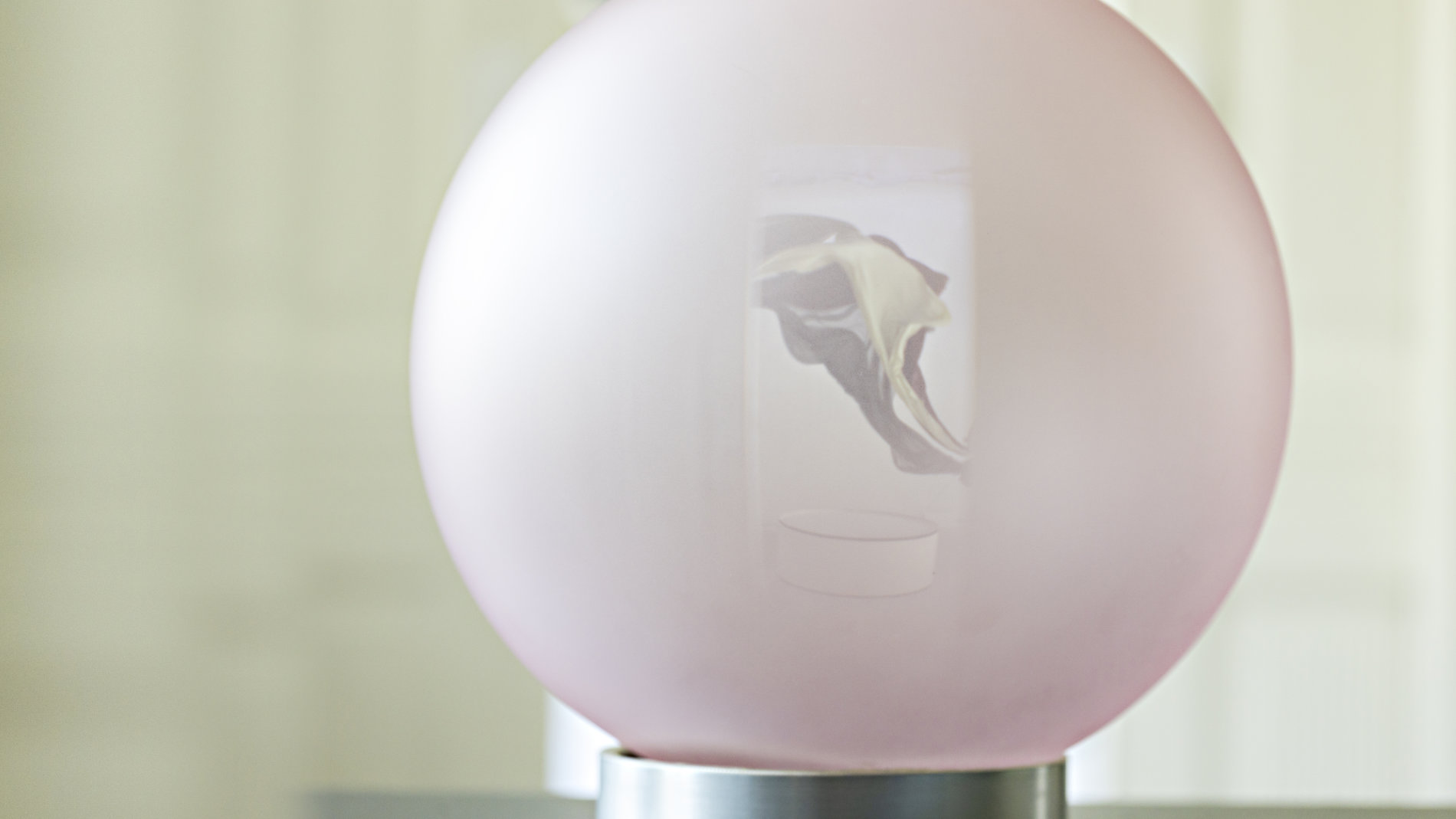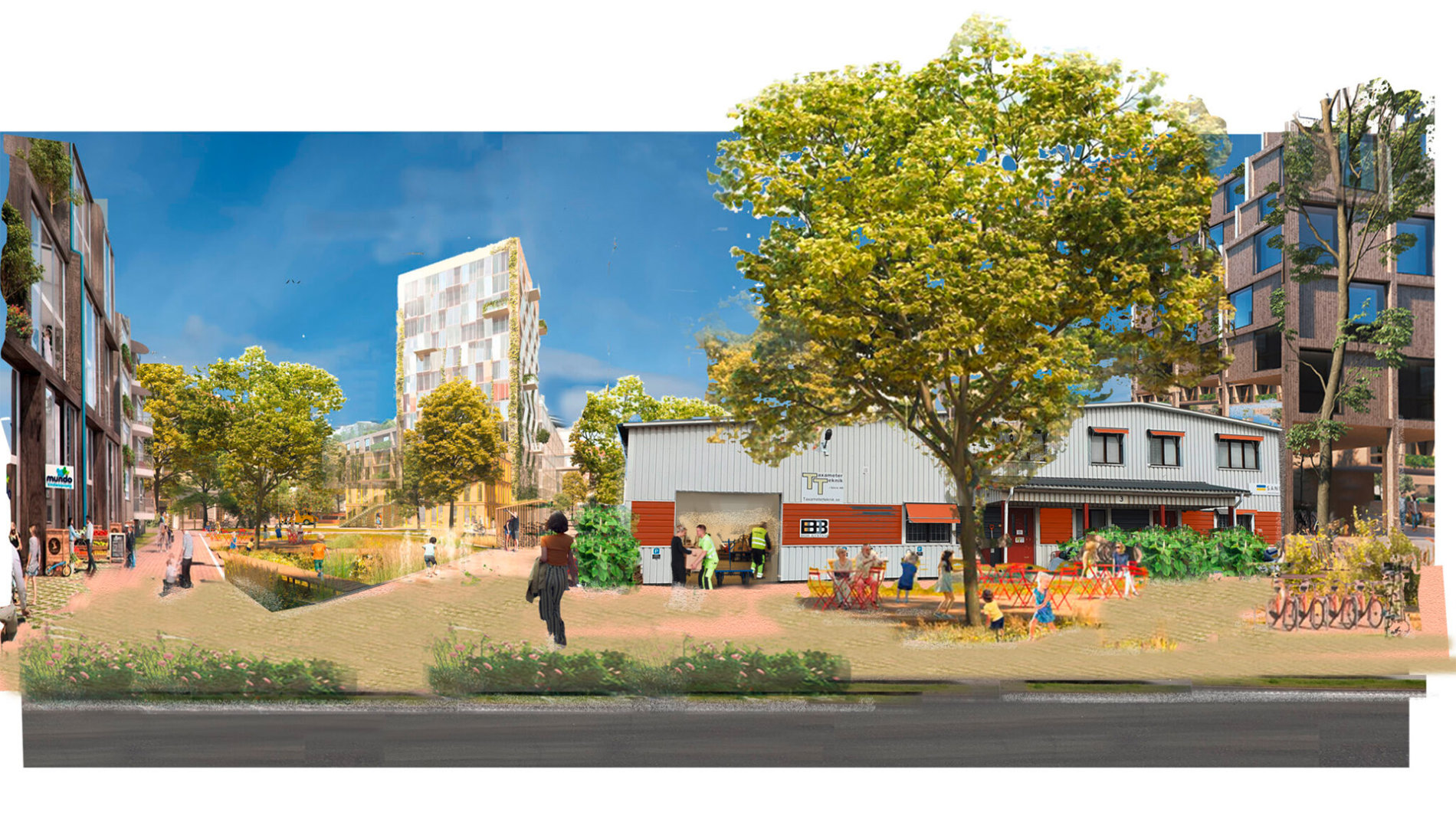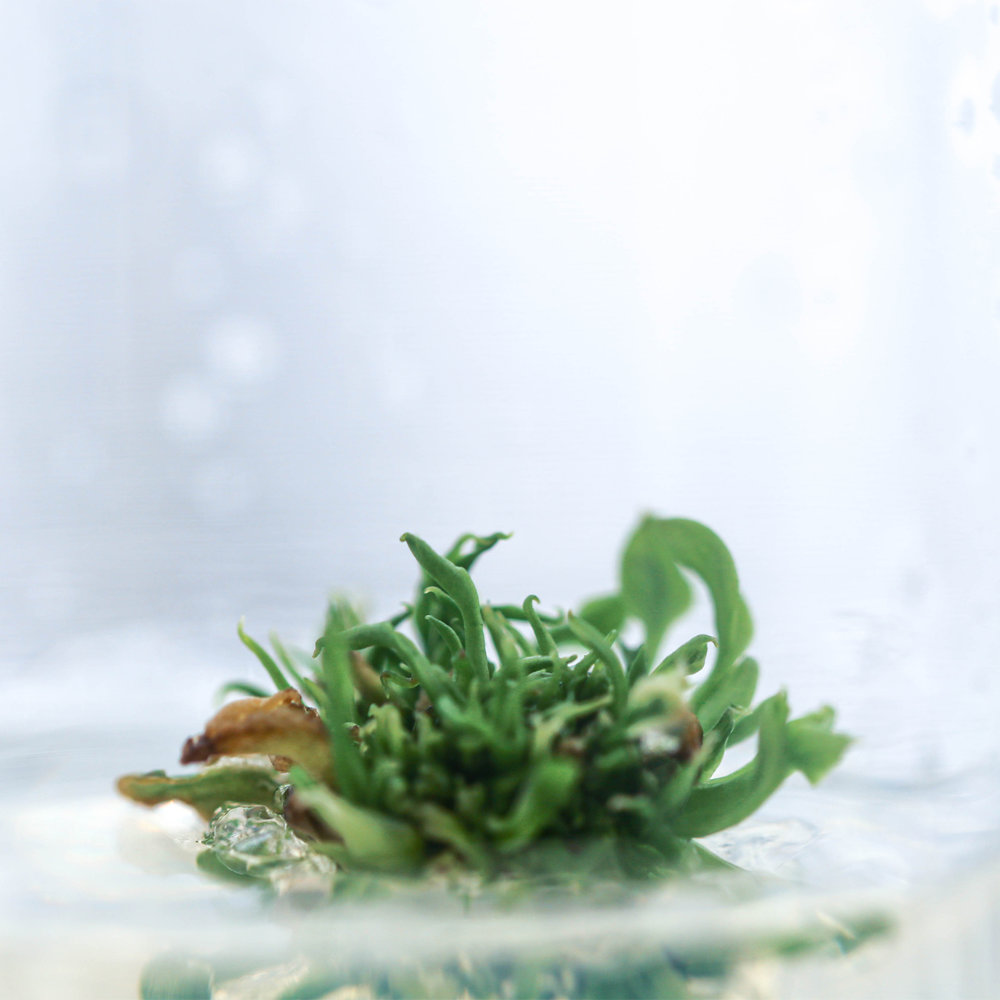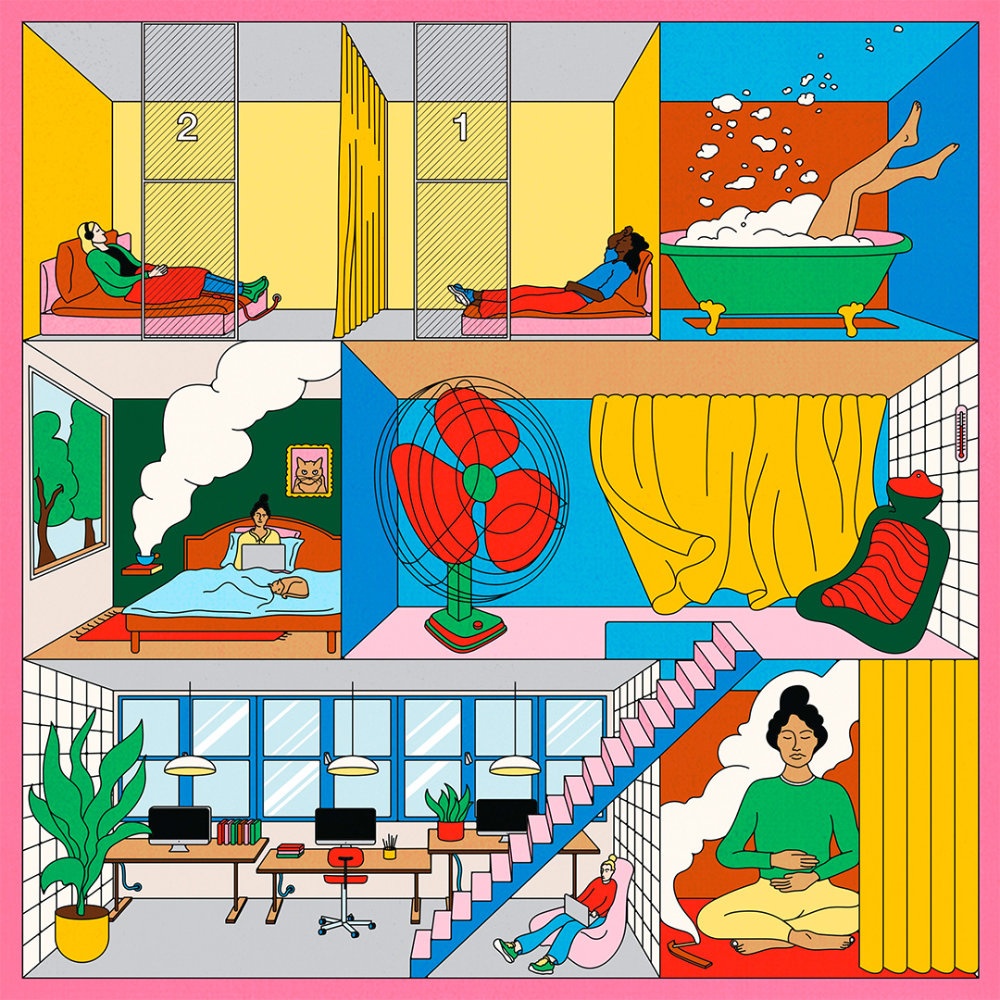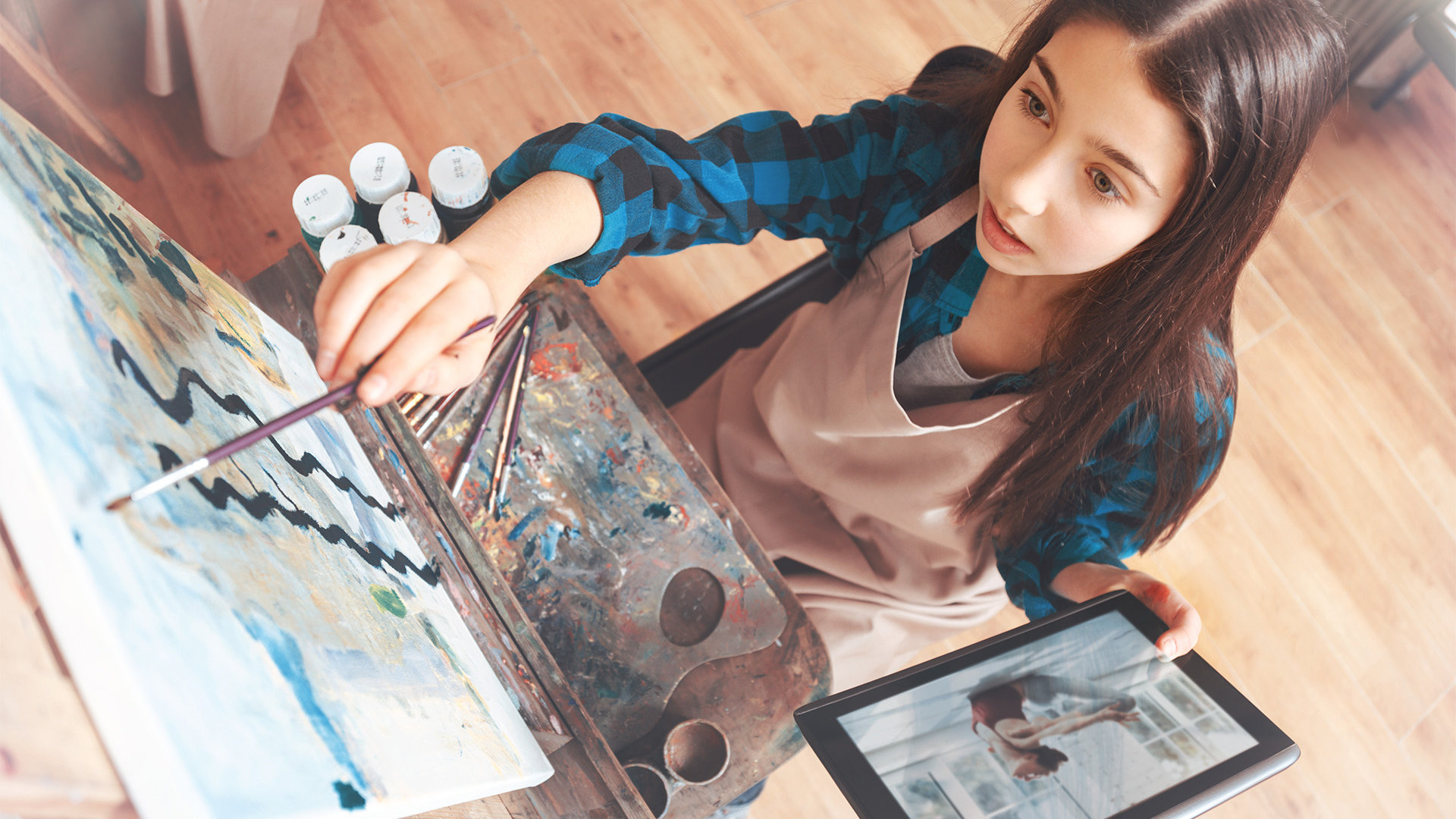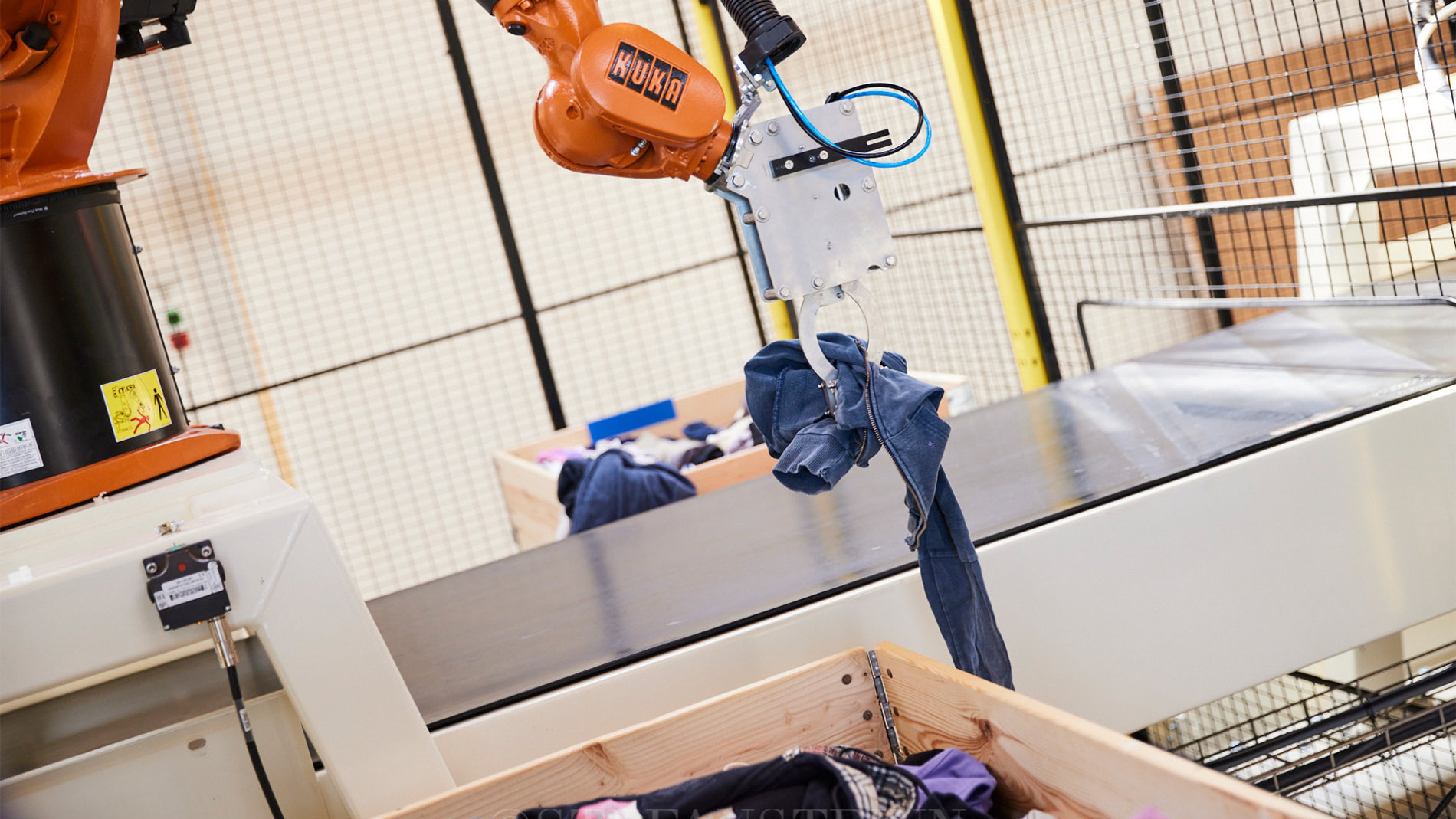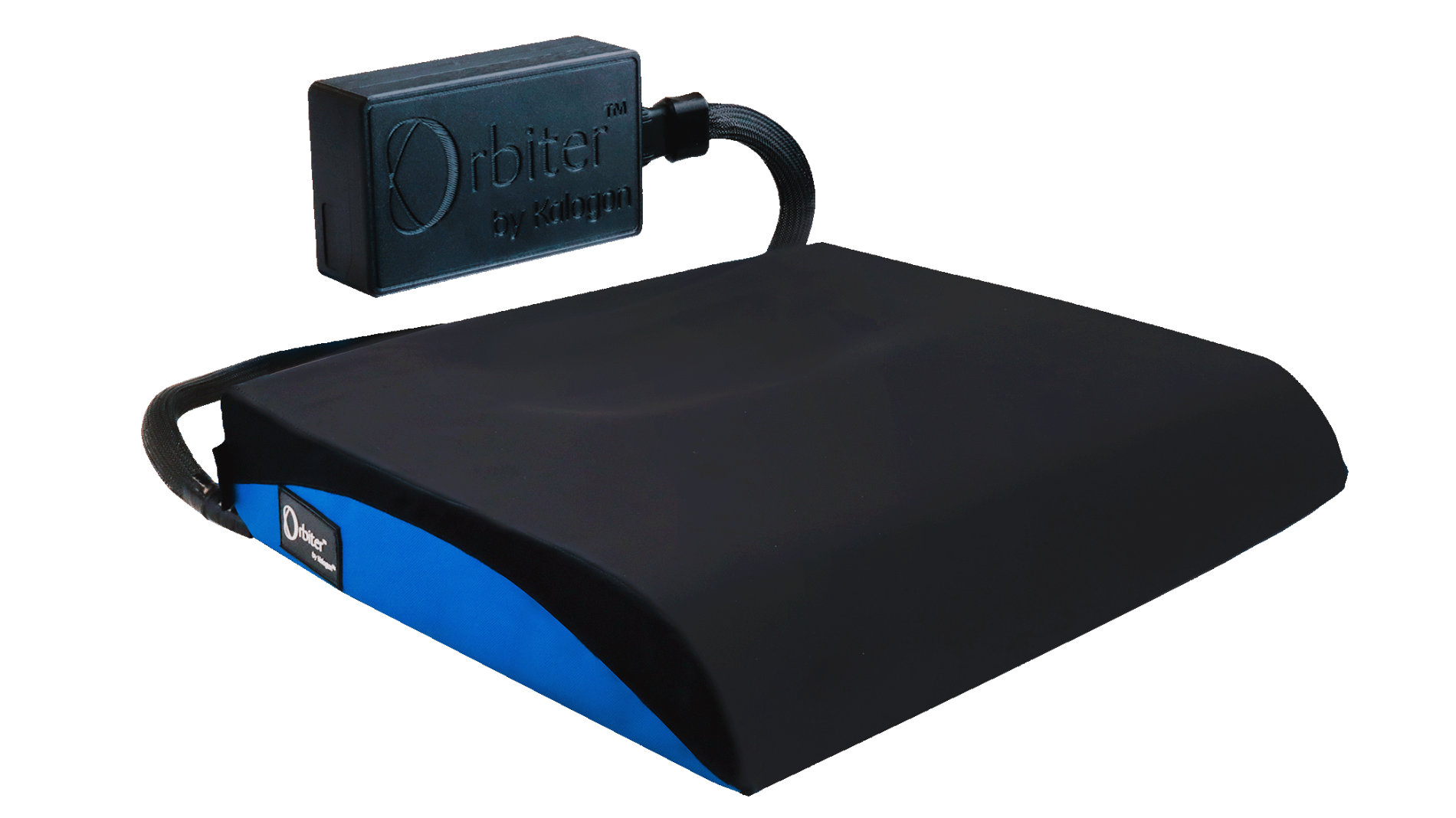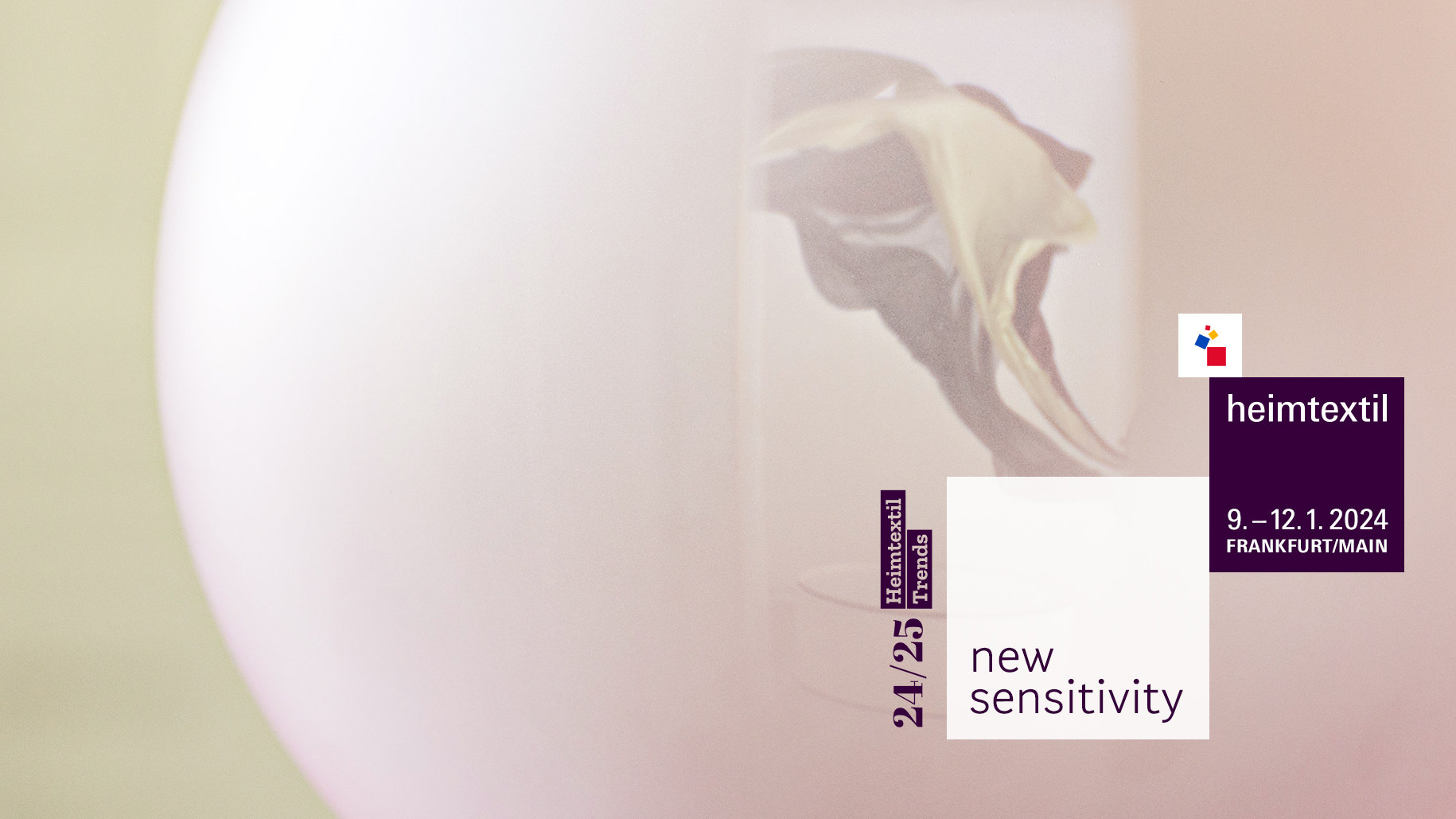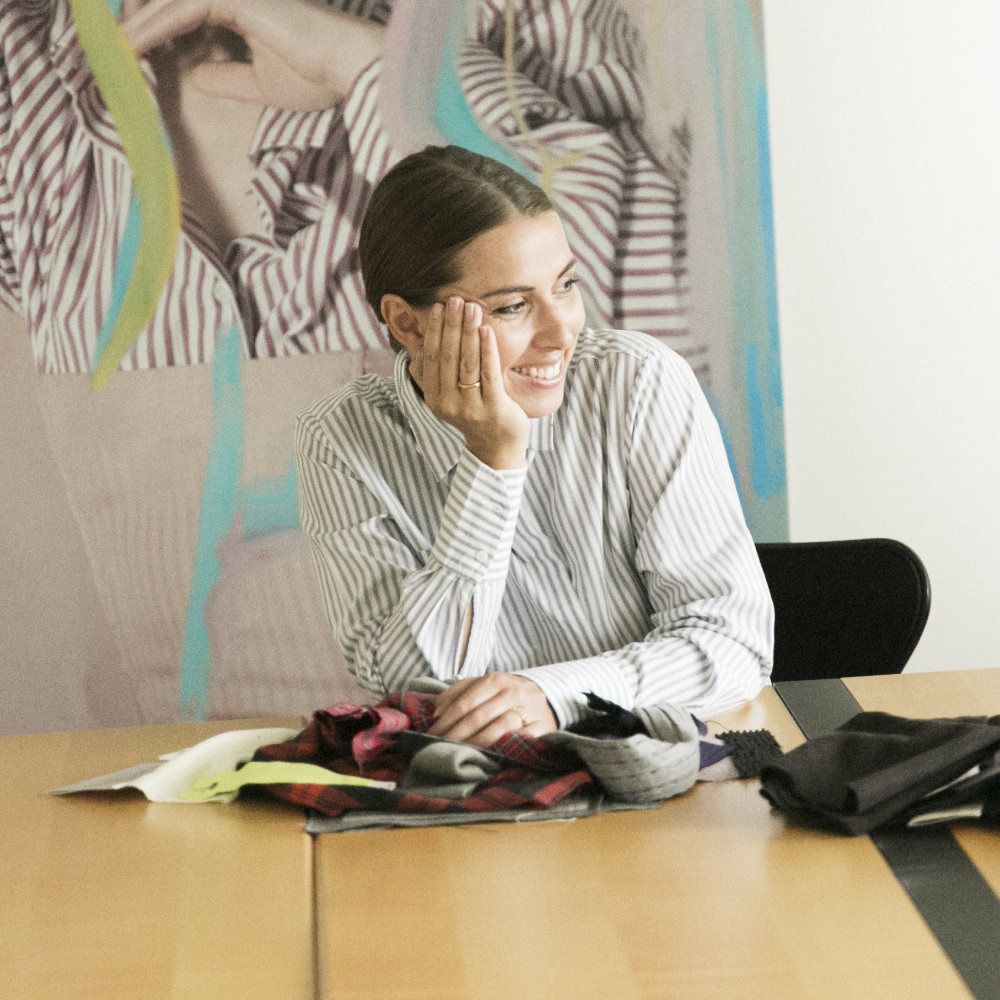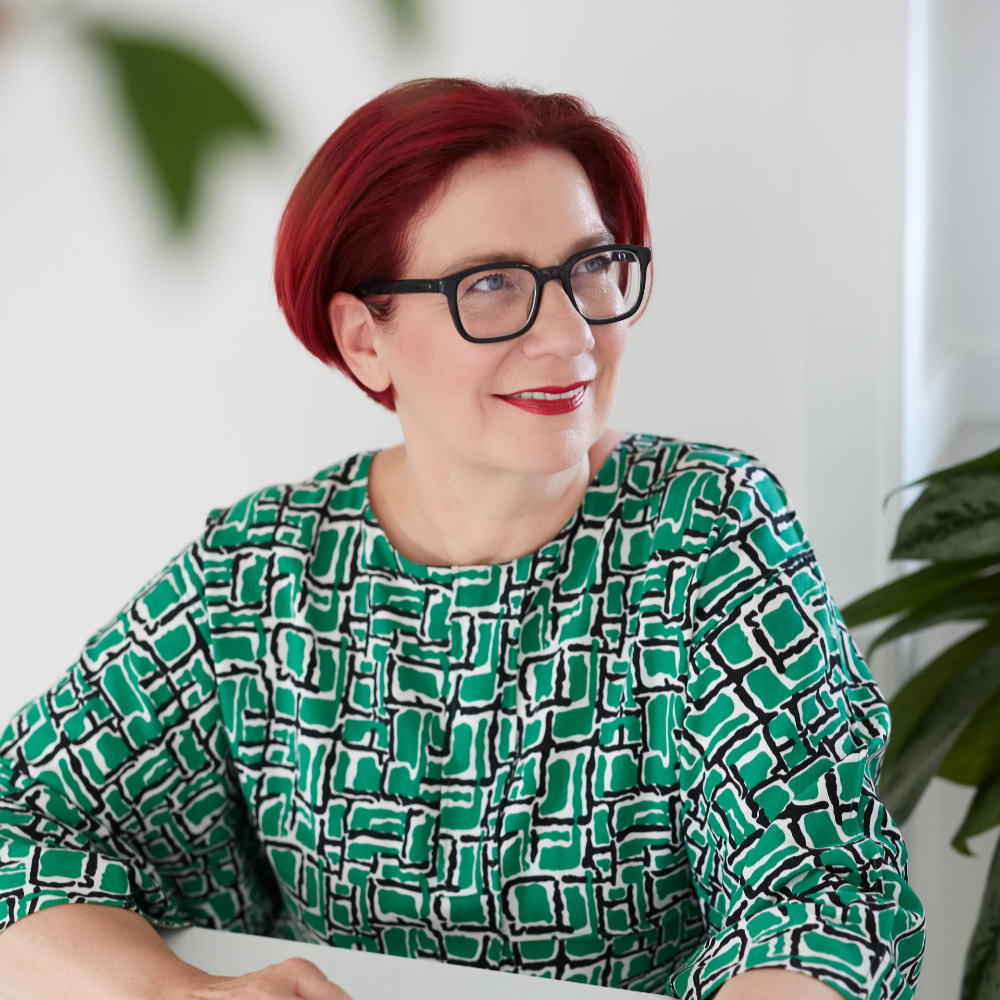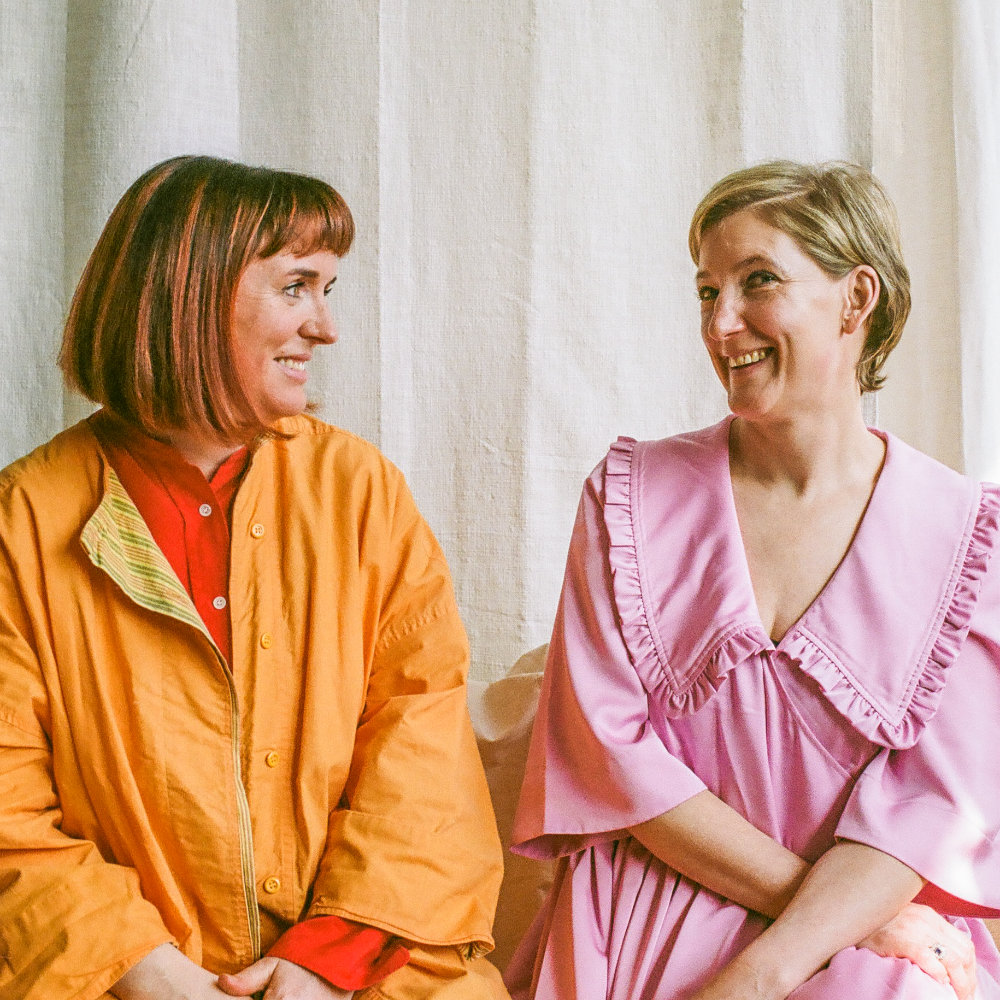Plant-based textiles
Plant-based textiles mean that the fibres are derived from something that grows rather than being synthetically produced. The sustainable advantage of plant-based textiles is that their origin is natural and, therefore, more eligible to recirculate in existing ecosystems.
Plant-based textiles can be divided into two groups. The first group textiles are made from plant crops like cactus, jute and seaweed. The second group is textiles made of plant by-products which are leftover raw materials from production such as banana, olive, persimmon and hemp.
Bio-engineered textiles
Bio-engineering bridges nature and technology and transforms the way textiles are made. They can be divided into two directions: fully bio-engineered and bio-enhancing biodegrading textiles.
For fully bio-engineered textiles, nature-inspired strategies are adopted in textiles production. Textiles are made from the protein, carbohydrates in corn, grass, and cane sugar, or bacteria. Biodegradable fibres can be added to conventional textiles like polyester to enhance the conventional textiles’ ability to revert to materials found in nature.
Technological textiles
Technology can support the transformation of textiles through different methods: upcycling and recycling of textiles, textile construction and textile design.
Developing technologies for recycling textile waste and methods, or old textile construction techniques are ways to sustainable solutions. Textile Design Thinking is another method that addresses critical issues such as energy usage or durability of natural fibres and enhances these through technological textile advancement.
Trend colours 24/25
The colourways for Heimtextil Trends 24/25 were inspired by natural colours deriving from avocado seeds, algae, living bacteria, antique pigments such as raw sienna, and bio-engineered indigo and cochineal.
The aim is to create colours that evoke emotions while respecting ecological values. For example, colour bacteria can produce hues of impressive richness and great depth through pigment growth.
About the Heimtextil Trends
At Heimtextil in Frankfurt, the leading international trade fair for home and contract textiles, the Heimtextil Trends are presented at the beginning of each year. They summarise and illustrate the most important statements and developments in colours, textures, themes and materials for the global industry. At Heimtextil, the trends are presented and communicated in the form of a pioneering trend area, but also through trend lectures and guided tours.
The Heimtextil Trends 24/25 were developed by a team from three international trend agencies, the "Heimtextil Trend Council", under the direction of Anja Bisgaard Gaede from SPOTT Trends & Business.
Heimtextil Trend Council
_____________________________________________________________________________________________
My team and I sincerely thank all contributors who submitted the work featured.
Creative Direction of Trend Concept: SPOTT trends & business
Director @spottrends: Anja Bisgaard Gaede
Research and Content Creator @ninnihcph: Nanna Hedegaard
Colour Designer: Judith van Vliet
Stylist: Simone Henneberg
Photographer: Inge Lynggaard Hansen
Disclaimer
Some of the colours in this publication may deviate due to print techniques and are to be corrected according to PANTONE® Textile Colour System. PANTONE® and PANTONE® Textile Colour System are trademarks of PANTONE®, Inc. PANTONE®, Inc., 1984, 1992.
www.pantone.com
Representation of the RAL colours with approval by RAL gGmbH, Bonn. The brand RAL is a registered trademark. Only the individual cards of the registers RAL 840-HR, RAL 841-GL and E1, and RAL DESIGN SYSTEM plus colour sheets shall be used for the binding production and control of RAL colours.
www.ral-farben.de
NCS – Natural Colour System®© is the copyright and trademark property of NCS Colour AB, Stockholm. Nearest NCS sample is based on visual assessment in accordance with SS 01 91 04 and may also deviate from the NCS Notation due to these conditions. We refer to the Original NCS Colour Samples.
www.ncscolour.com
